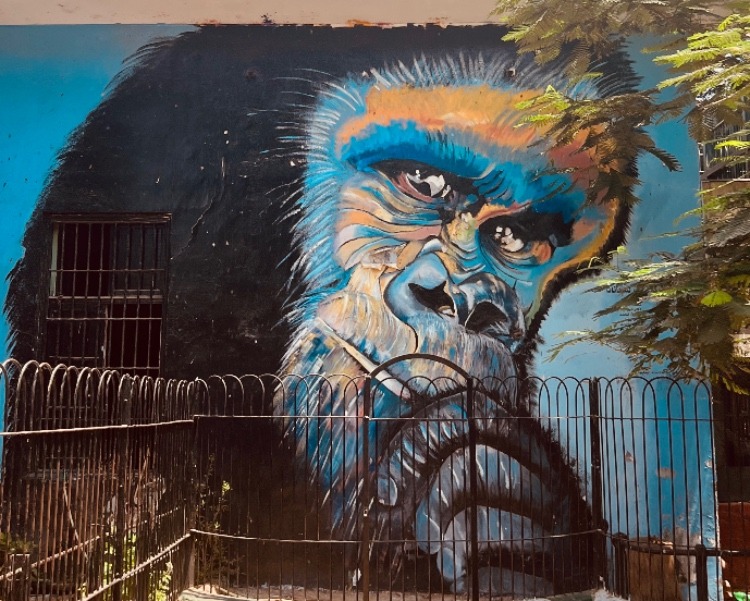On a mission to get a better understanding of animal treatment in zoos, and whether they should belong in cages, I headed off to Giza Zoological Garden, located in the Giza District on Murad Street; with great proximity to Cairo University and Orman Garden, I started to walk around on this quite hot Monday in search of answers to my questions regarding animal habitat.
However, let’s first learn about the history of the Giza Zoo before I discuss my trip there.
History
Khedive Ismail, the ruler of Egypt from 1863 to 1879, was the first to think of opening the Zoo on the occasion of the inauguration of the Suez Canal back in 1869 but he could not do so at the time for unknown reasons. However, on March 1, 1891, the Zoo at Giza was opened to the public. It was first established as a botanical garden, with various imported rare species of the most beautiful plants and cacti worldwide Worldwide Zoo Database.
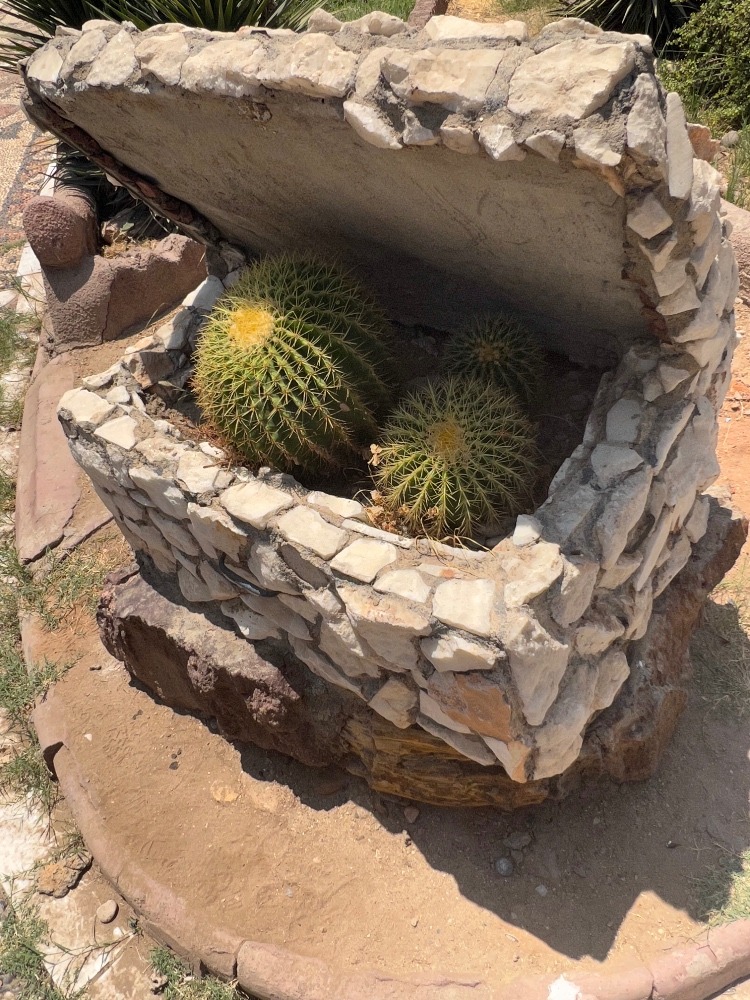
The Journey
I’m standing in front of the Zoo’s main entrance, waiting to purchase a ticket so I may see for myself the circumstances under which the animals are housed. I spent 20 Egyptian pounds on the ticket. Although reasonably affordable, it can undoubtedly be reduced as it’s a bit pricey compared to other similar parks in Egypt. But as I approached the zoo, the first thing I saw is that you may feed the ostriches some lettuce and get a cool picture with it. However, be cautious of the employees though, since they may try to get an extra fee from you. While I find feeding the animals to be enjoyable, there should be no type of payments involved, and there should be more management oversight.
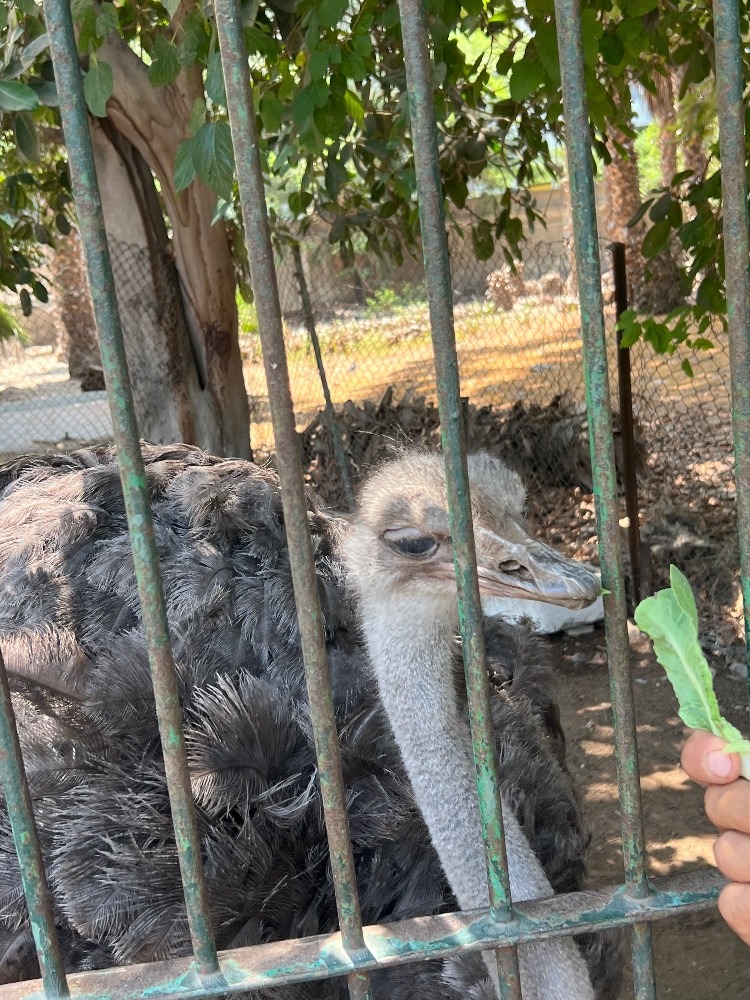
As you walk past the ostriches you may see lovely green areas where you can go for hikes in various grottoes. There are five grottoes in the zoo; the largest is named the Citadel grotto and it was built in 1867. Another inconvenience was that I had to pay an additional 20 Egyptian Pounds to enter the grotto, which seemed unnecessary given that I had already paid entrance fees.
It is covered in fossilized wood, Egyptian Desert rocks, and coral reefs from the Red Sea. There is a lovely garden on the roof, complete with a collection of backyard cactus plants. Pebbles of various colors in the forms of animals and architectural patterns decorate its walls. Wonderful little waterfalls that cascade into Pelicans’ Lake can be found in the Grotto. The main Khidevy hall is intended to be constantly air-conditioned and serves as an echo chamber. Also, there are numerous statues of various creatures, including crocodiles, birds, and the extinct Fayum Rhino. The fact that the person in charge of this garden was unable to provide a thorough summary of the garden’s history and lacked sufficient details also wasn’t helpful. Something this beautiful ought to be publicly acknowledged and carefully explored.
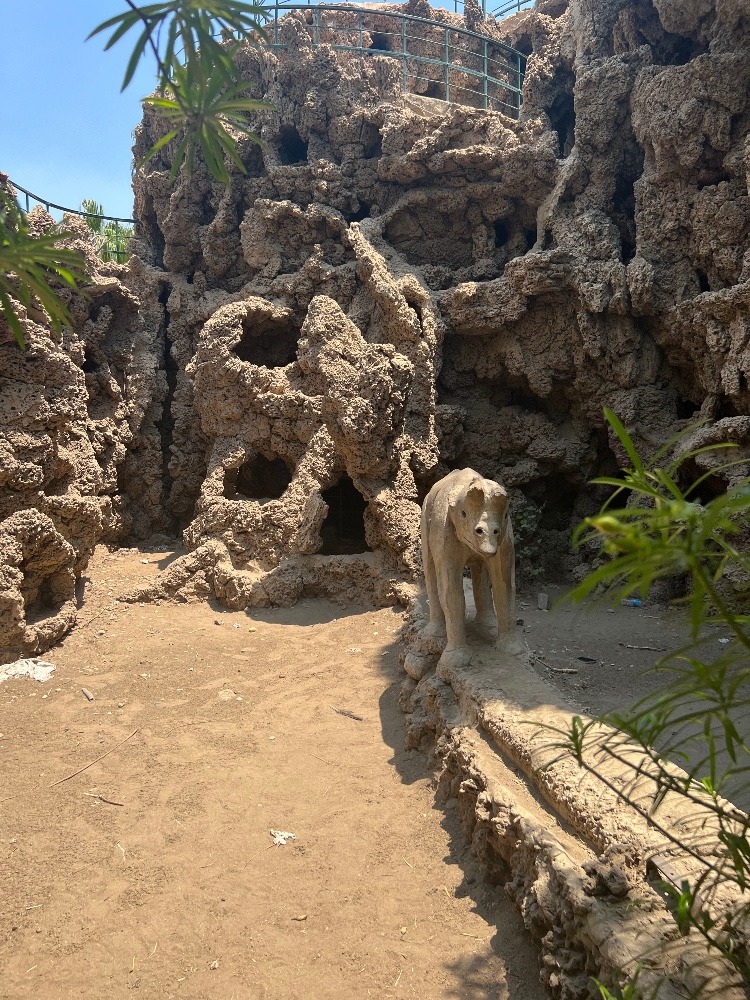
The Grotto has an incredible view, and I couldn’t resist taking numerous photos of the lovely scene of trees and plants spanning the entire region.
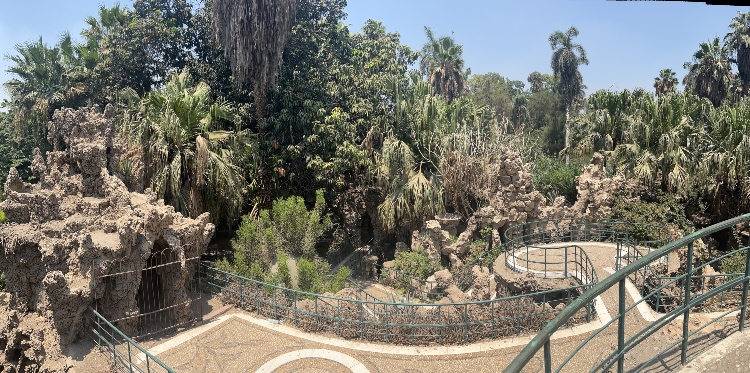
The trip’s high point had to be the grotto, which is a must-see. Of course, I came to observe the animals and to learn more about the environment they are put in. So, regrettably, I had to depart from this captivating grotto and head to see the monkeys.
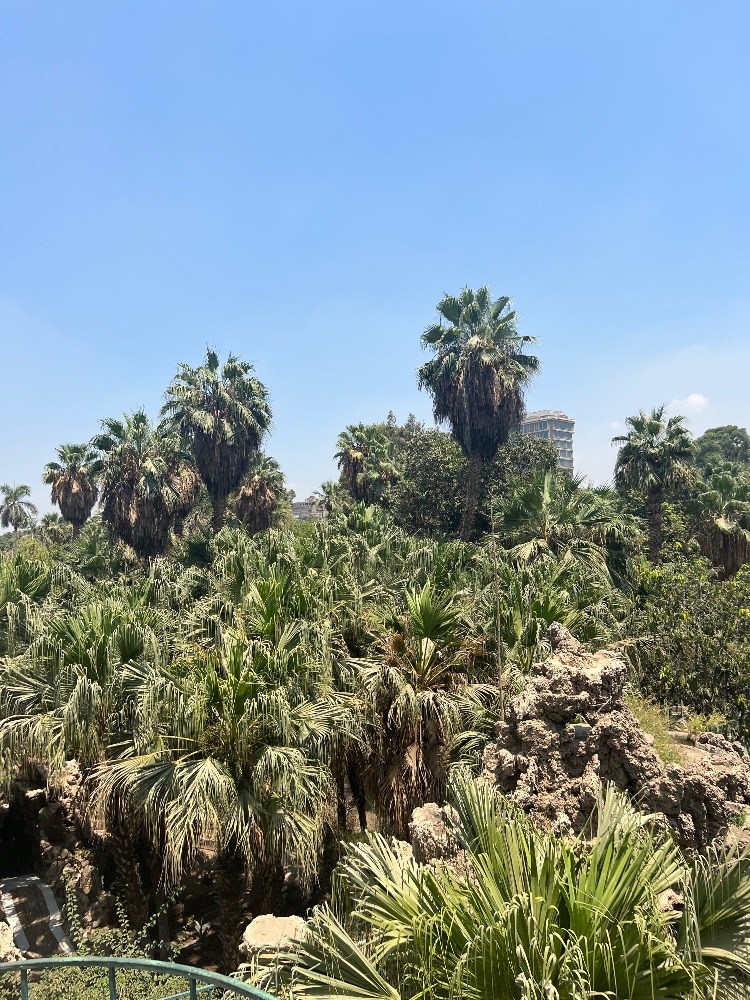
In an uncomfortable scene, you can see the monkey hiding underneath a swing bench due to the heat. They do not provide them with any further cool areas for them to stay in and shield themselves from the sun. Monkeys were not the only animals suffering from such issues bears were also suffering from the same problem.
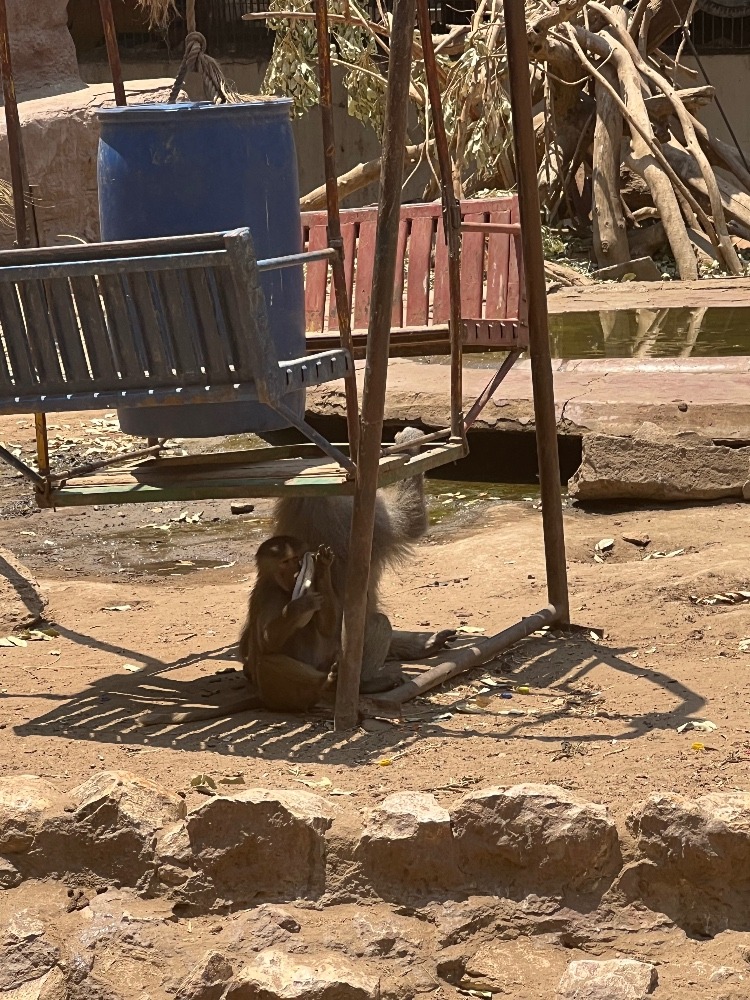
As for the lions, most of them were not able to standup-straight and when I talked to one of the employees at the zoo, he claimed that large crowds tend to overwhelm the lions. However, it seems that the conditions they are in are not suitable in any way and these cages serve as nothing more than just an isolator, restraining their mobility and ruining their mental health greatly.
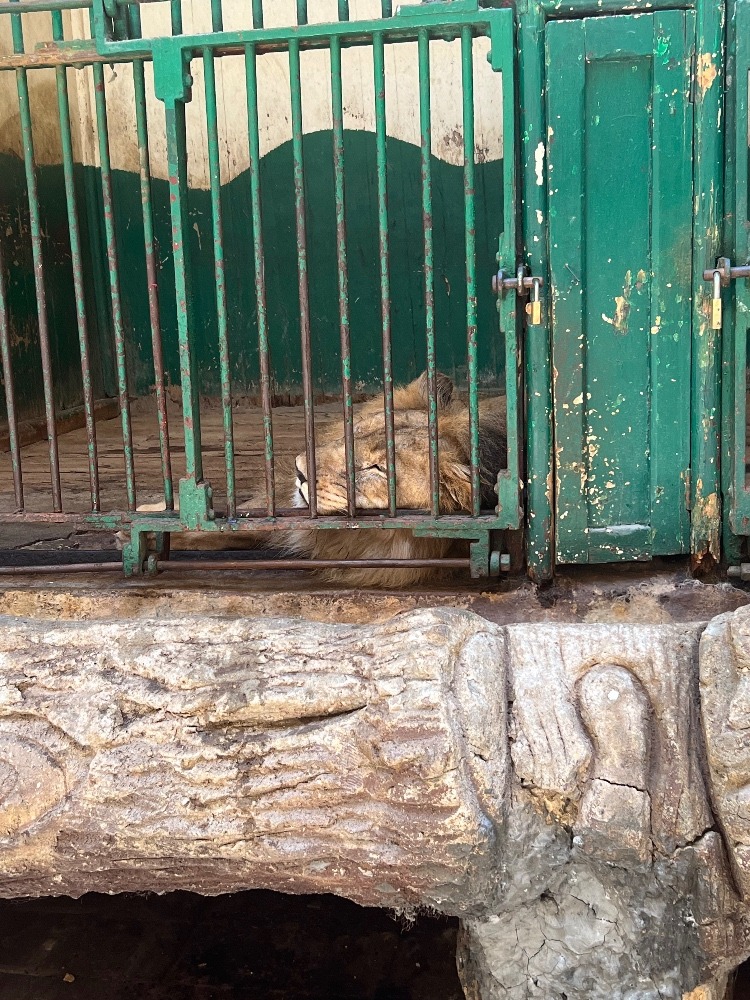
After the uncomfortable scenes of the animals in the zoo lying around and tired of the heat, the Zoo does offer small boat trips across the zoo so the visitors can watch the rest of the animals and enjoy the beautiful view of trees everywhere.
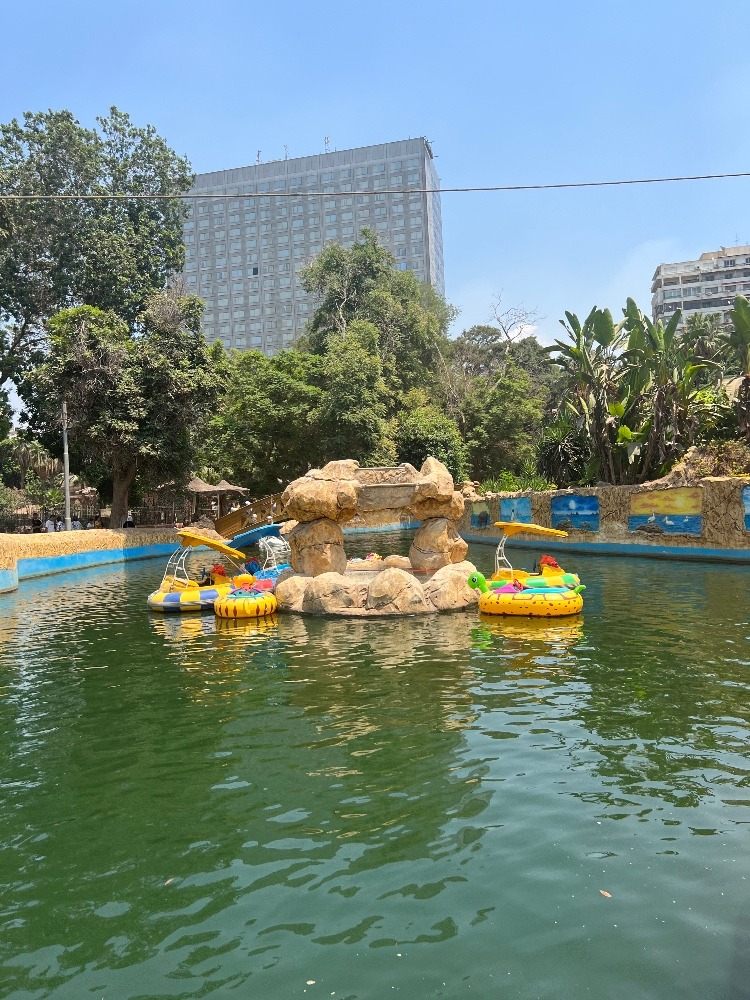
Overall, the zoo’s infrastructure needs considerable work to make it more comfortable for animals. Is it right or wrong to keep them in a zoo? Although living in their natural environment is undoubtedly far healthier for their well-being and mental health, this is a complicated issue that would need further research and an expert’s opinion. The day’s high point? Of course, the Citadel Grotto. It’s worth every minute of your stay and offers the visitors breath-taking views that are unmatched anywhere else. The animals require more attention and better facilities. In the end, those creatures would do better in the wild. However, because they ended here, they should be given better facilities that at the very least shield them from the boiling sun of Cairo.


